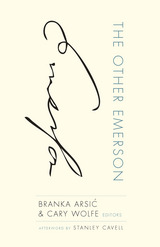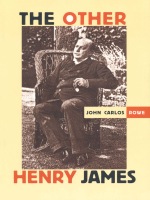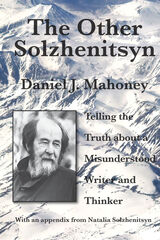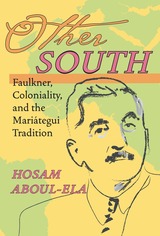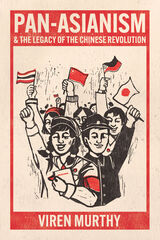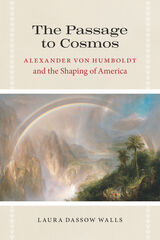Cloth: 978-0-674-23000-2
The coal industry has undergone a basic revision since World War II—the present picture differs strikingly from the accepted one. Here for the first time the change is studied in detail. This volume defines the relation between changes in coal consumption and the great technological progress in coal mining during recent years. C. L. Christenson begins by inquiring into the uses of coal as part of the supporting base for modern industrial civilization and the relative position of United States reserves as a portion of world supplies. He next examines the specific variations of the reserves which determine the ownership structure of the bituminous coal industry in the United States as well as the 1940–60 product market shift.
Against this background the author reviews the advance of technology, particularly the striking development from 1950–60, and finally he discusses the relation between this development and miners' employment and wages. Christenson surveys the results of investigation of the records of over 3,000 mines in five states, material from the Bureau of Employment Security, and the annual reports of the United Mine Workers of America Welfare Fund from 1950–60.
See other books on: 1930 - 1960 | Business & Economics | Economics
See other titles from Harvard University Press



